We’ve arrived at word work in our balanced literacy series.
What exactly is word work? What are some ideas and activities? And how do you fit it into a balanced literacy framework? I’m so glad you asked. That’s exactly what we’re exploring in this post!
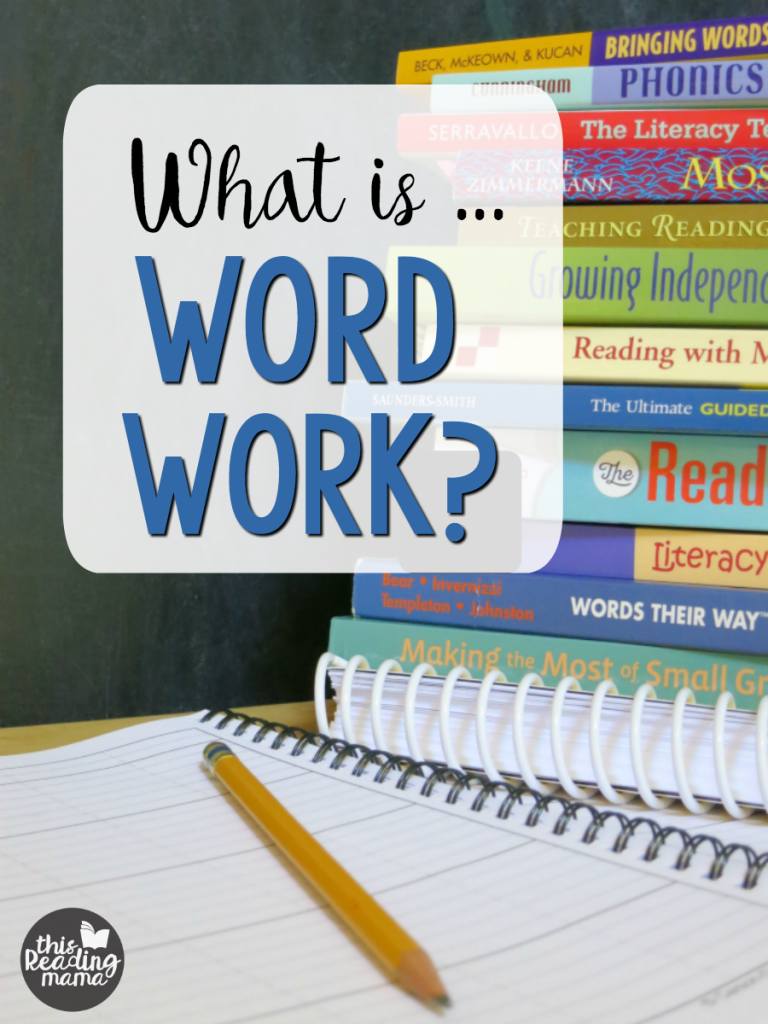
*This post contains affiliate links.
What is Word Work?
Word work is a hands-on time to explore the spellings and/or meanings of words (vocabulary). Making time for word work is vital because it helps patterns and words move into long-term memory. Word work can help our learners become better readers, spellers, and writers.
Depending on our learners’ developmental stages, they might use this time to focus on letters and their sounds, read and spell words, or work on word meanings. At the same time, learners have time to explore sight words.
Word Work Activities
There are TONS of word work activities to choose from. So how do you choose?
The idea is to give choices, but not too many at one time. Introduce activities slowly and change them out gradually. We want learners to be self-sufficient in getting their supplies, completing the task, and returning supplies to their proper home.
When we change activities too much and too fast, it can be hard for our learners {and us} to manage.
One of the spelling boards I’ve used with my own learners at home is our Tic-Tac-Do Spelling Board. We’ve used it for 2 years now and it’s still going strong. The free choice in the middle is where I often will introduce something new, like Wikki Stix, for a short time.
*The free version {seen above} isn’t editable, but I do have an editable copy in my Printable Spelling Activities ebook.
We also have used this Word Study Activity Page to extend word sorts during word work time.
Spelling apps are a great way to practice phonics/spelling and sight words for word work. You can check out all the learning apps I have so see if any of them fits your needs!
Be sure to grab the freebie at the end of this post for more SIMPLE word work ideas you can use with your learners!
How does Word Work Fit into a Balanced Literacy Framework?
Now that we know what word work is and some activities for it, let’s explore how it fits into a balanced literacy framework.
I was saddened to read a Facebook page comment about balanced literacy not too long ago. The teacher posted that balanced literacy seemed to be an excuse to cut out phonics and spelling instruction. But balanced literacy does not exclude phonics or spelling instruction.
How exactly does it fit then? Well, that’s a tough one…because it isn’t a one size fits all kind of thing.
Let me just mention 6 ideas for fitting word work into your day. Of course, you’ll need to decide for yourself what fits your schedule and your learners best.
1. Before a Small Group Reading Lesson – Before I started my small group reading lessons, I integrated a quick “warm up” time, based on my learners’ word work needs. The key to these is that they should be quick and easy, like my Roll and Read Games.
2. After a Small Group Reading Lesson – The same “warm up” ideas can be used as a “cool down” after the reading lesson is over. Again, quick and simple is best.
3. As the Focus of a Small Group Lesson – Sometimes, we’ll have strategy lessons just to focus on a particular phonics or spelling strategy, especially if we notice several learners struggling with the same thing.
4. Whole Group Instruction – I recommend a simple phonics lesson for all learners in the classroom each day. This isn’t a long lesson (10-15 at most) and covers phonics material that is on grade level.
Also look for opportunities to integrate spelling and phonics right into your routine. Great opportunities could be your morning message, during your morning meeting, during shared reading, during your writing instruction, or even on the playground with sidewalk chalk!
As a classroom teacher, we were required to post an essential question for all whole-group lessons. I always wrote the question on the board right in front of my students, sounding through words and quickly pointing out phonics patterns at times. I was amazed at what my learners picked up just from this one act!
5. Separate Spelling Time – Some teachers like the idea of having a separate spelling time, teaching to the developmental needs of learners with the word study approach. I love the routines of word study, which makes running it throughout the year a little easier to manage.
6. Center/Word Station Time – Literacy stations and centers are a great place for learners to really explore spelling, phonics, and sight words. Just be sure that what you prepare for learners isn’t too difficult for them to do independently. {We’ll give you lots of tips for this in our ecourse, Teaching Every Reader!}
Would you like to grab this FREE printable, sharing 20 SIMPLE word work activities?
Just enter your email below!
*When you enter your email address, you’ll be included on our Teaching Every Reader VIP list!
See all the posts in this Balanced Literacy Series
- Balanced Literacy
- Interactive Read-Aloud
- Shared Reading
- Guided Reading
- Word Work
- Independent Reading
Enjoy!
~Becky
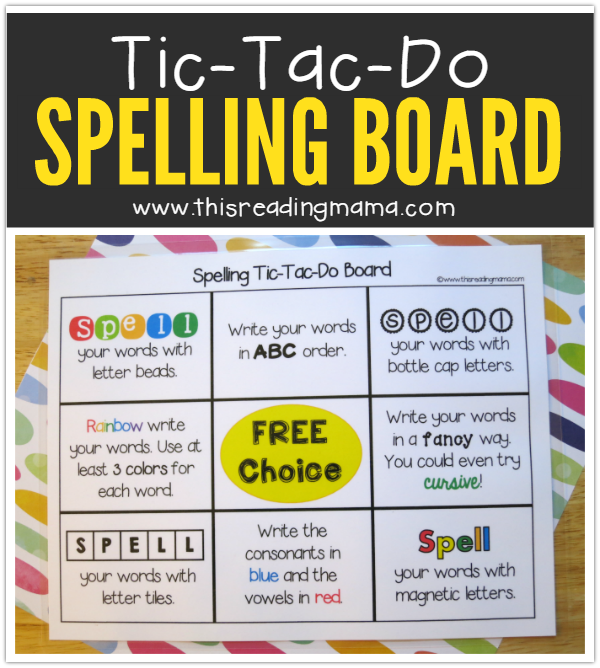

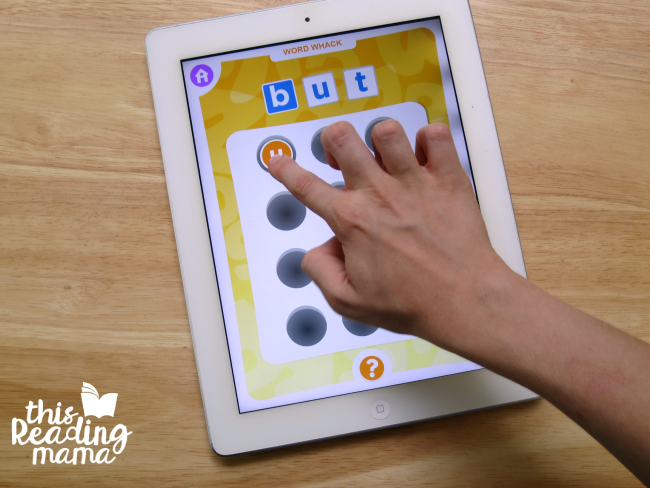
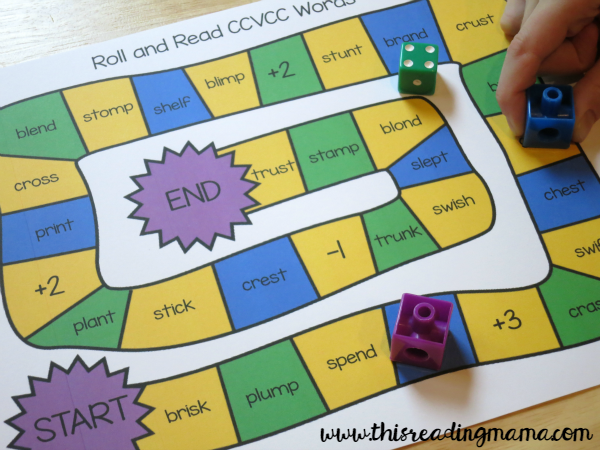
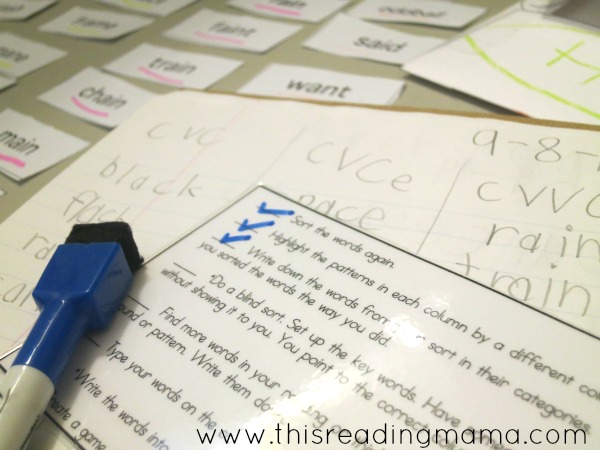
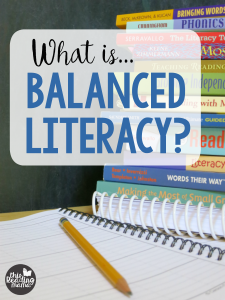
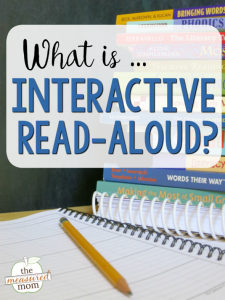
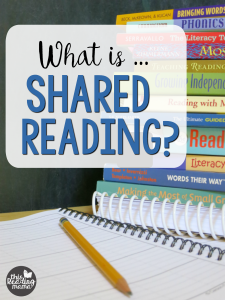
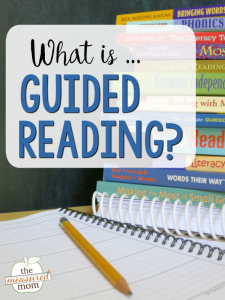
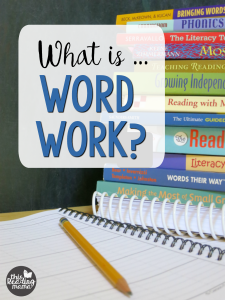
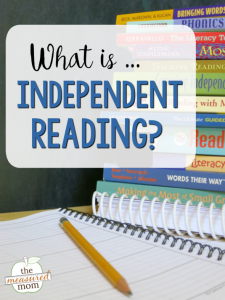
I’d like you to help me to teach my two daughters english, using your supports. Thank you